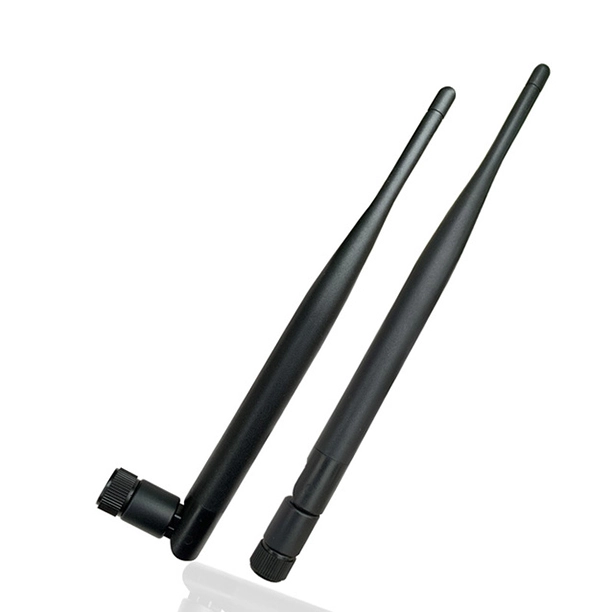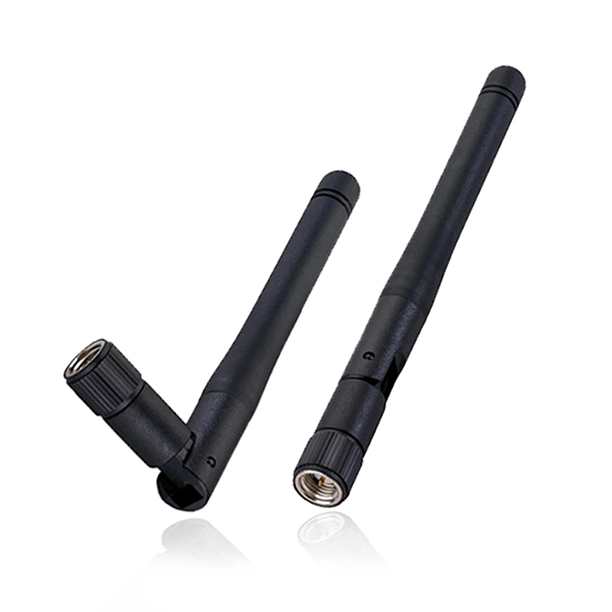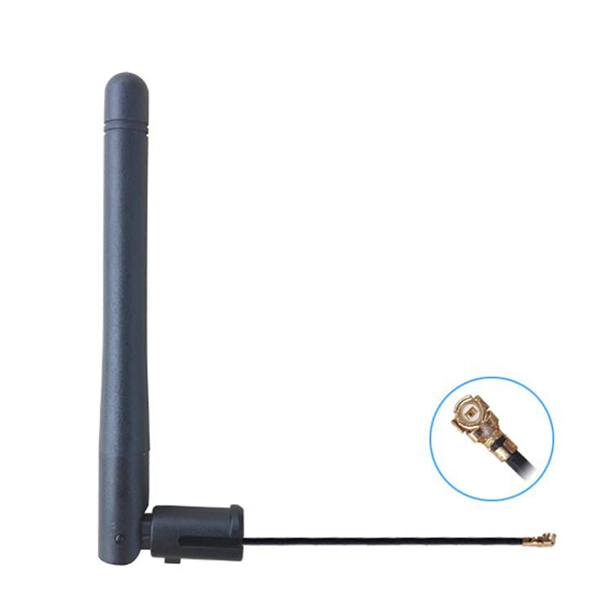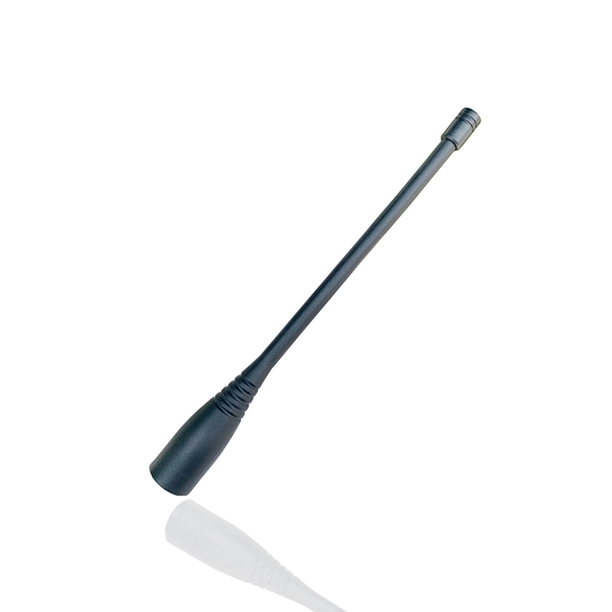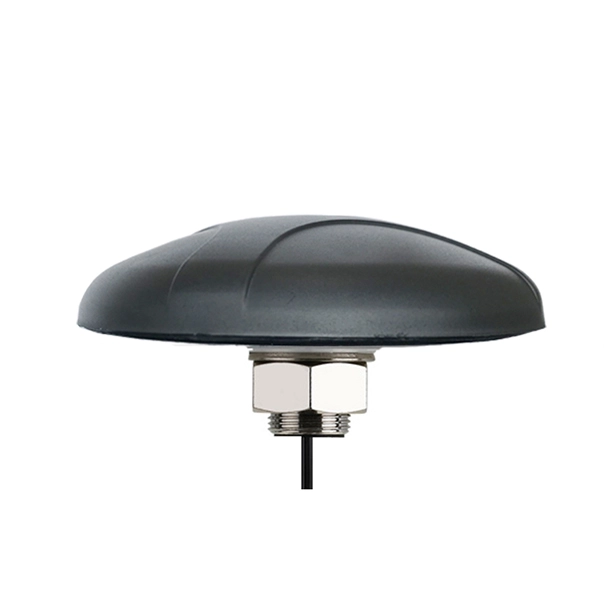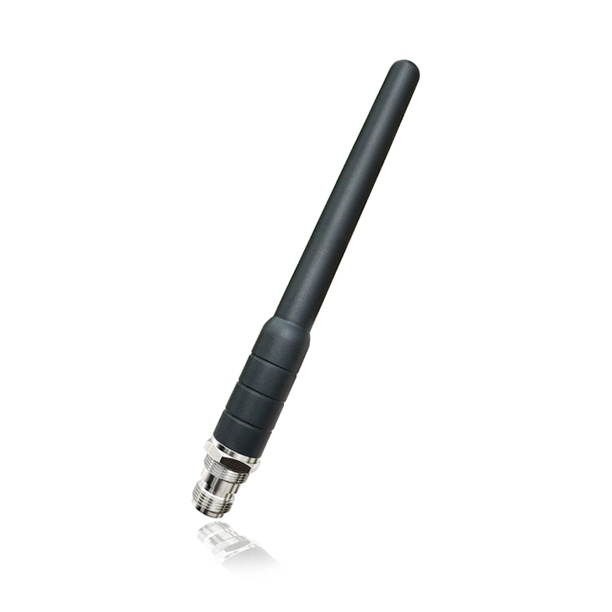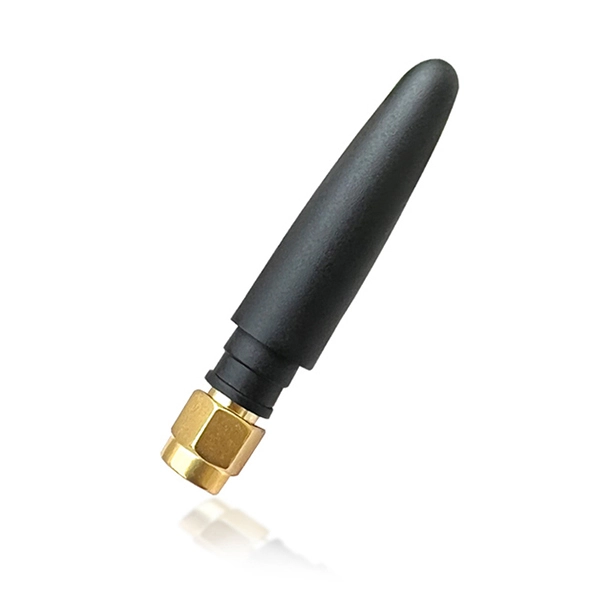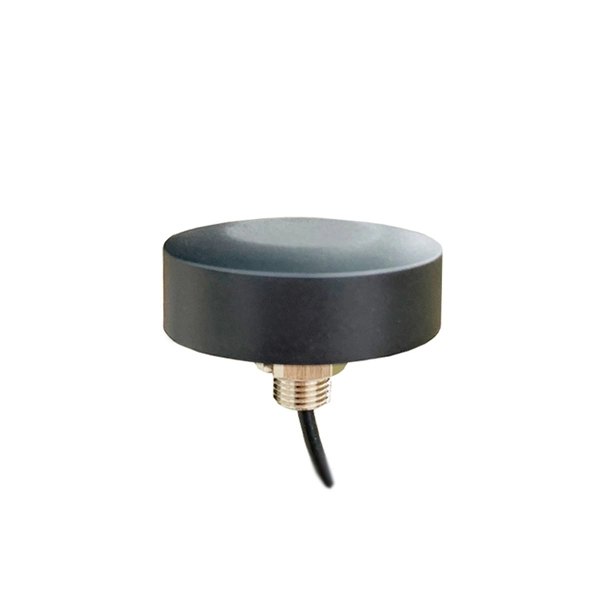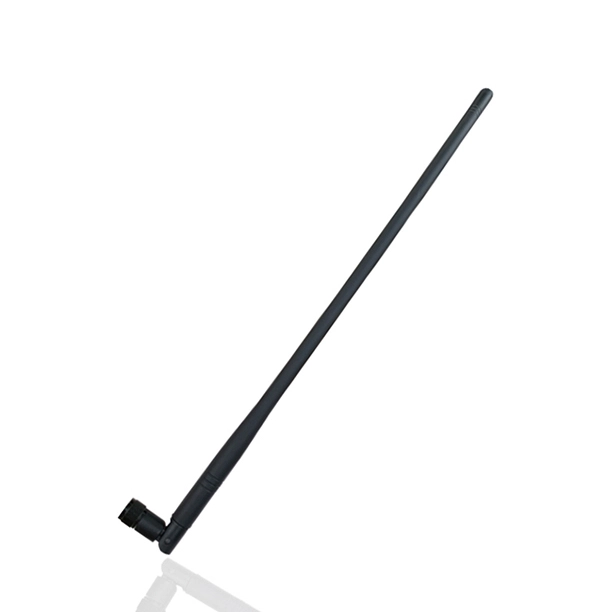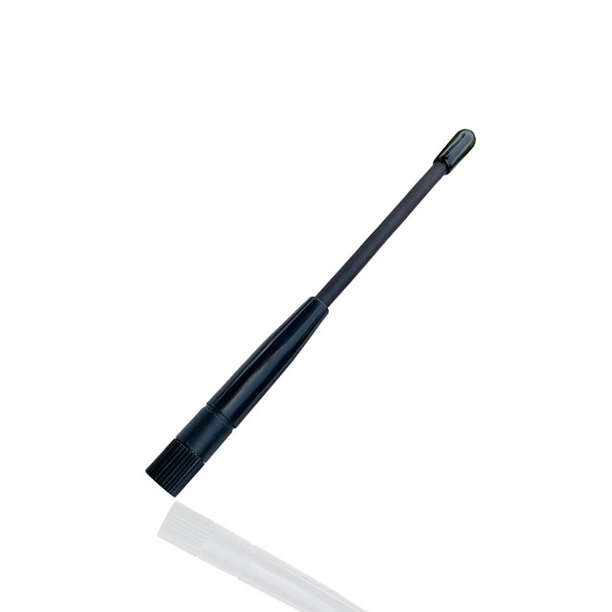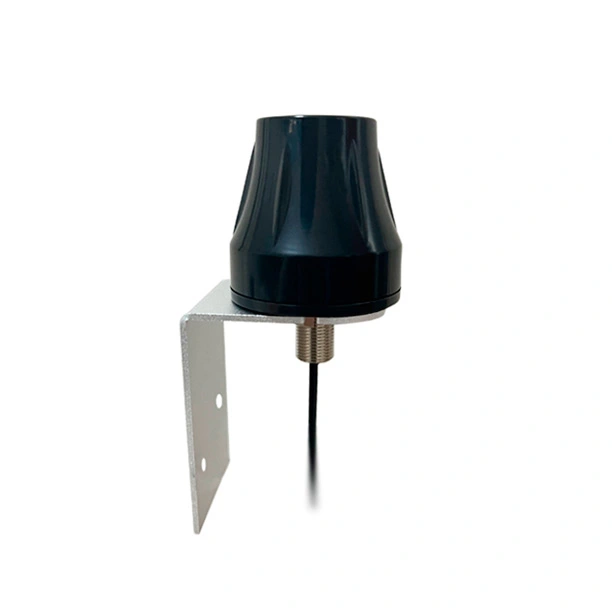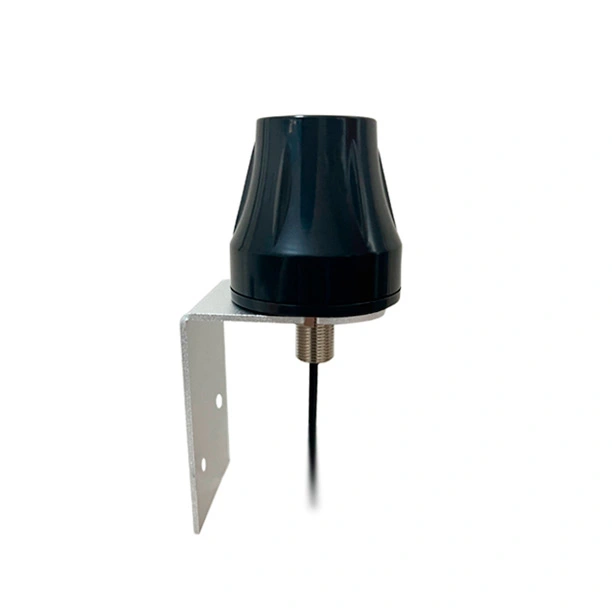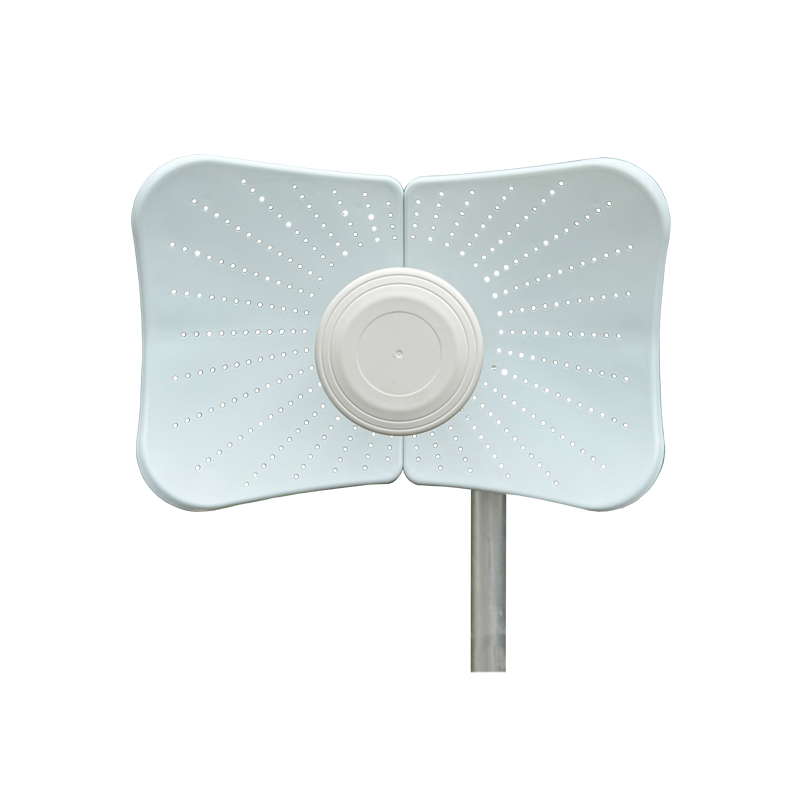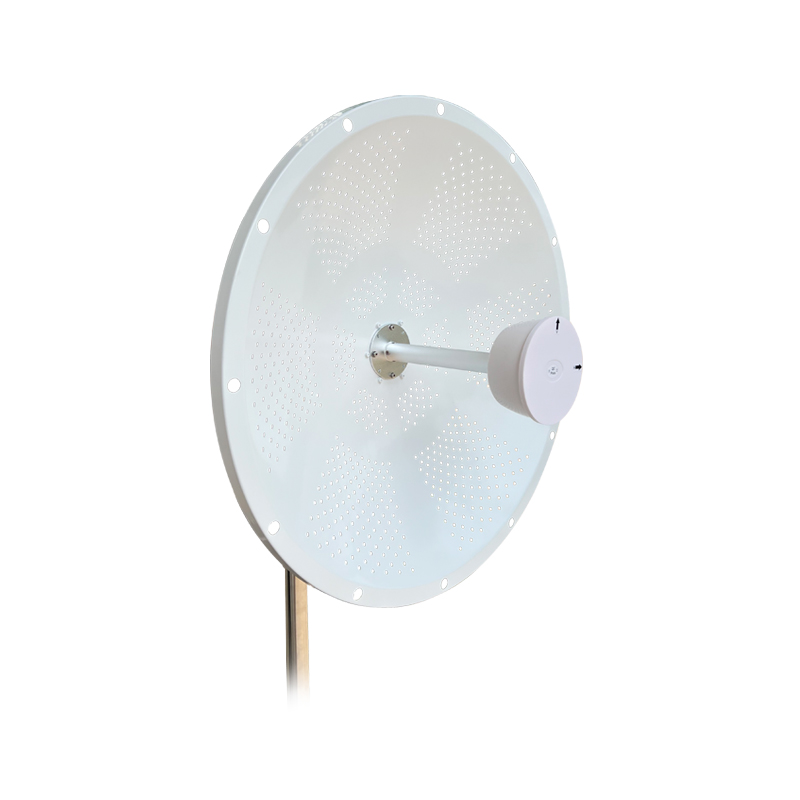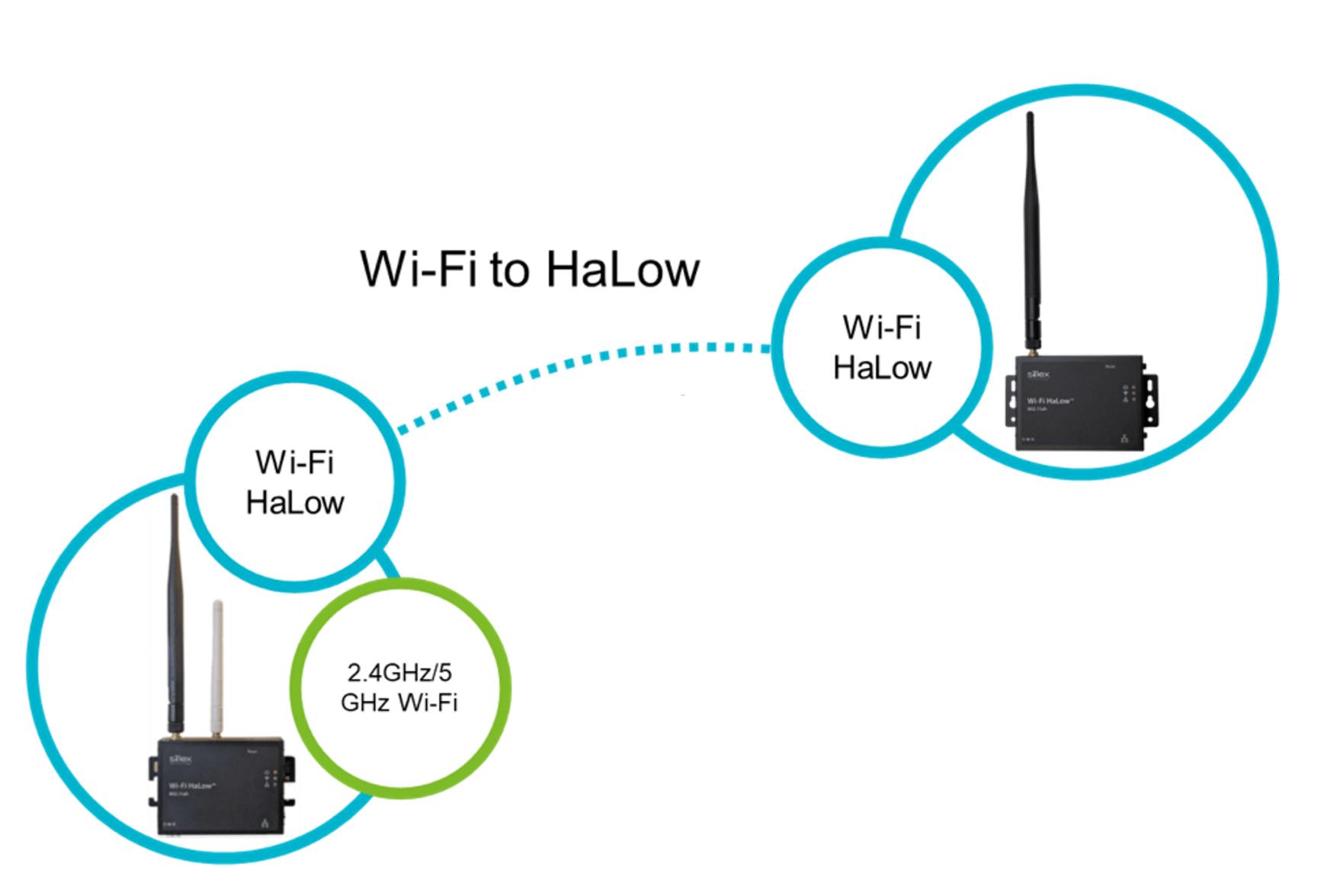Asian Creation Communication is a China-based RFID antennas manufacturer, specializing in high-performance RFID antenna solutions for global OEMs, logistics integrators, industrial automation providers, and IoT platform suppliers. With decades of RF and RFID engineering expertise, ISO 9001-certified manufacturing (since 2009), and flexible OEM/ODM services, we deliver antennas that achieve reliable tag read performance even in complex environments.
What Is an RFID Antenna?
An RFID antenna is designed to interface with RFID tags and readers, transforming electromagnetic waves into signals that enable tag detection, data exchange and tracking operations. In UHF systems (860–960 MHz), the antenna must support stable read ranges, anti-metal interference, and compatibility with standards such as EPC Gen2 / ISO 18000-6C. Other bands (LF, HF) require different polarization, tuning and installation protocols.
Supported Frequencies & Compatibility
Our RFID antenna portfolio covers:
UHF range (860–960 MHz) for logistics, asset tracking, portal reading.
HF (13.56 MHz) antennas optimized for smart cards, payment, access control.
LF (125/134 kHz) antennas for industrial sensors, asset tagging in metal-rich environments.
Configurations supporting linear and circular polarization, enabling flexible tag-orientation performance.
Reader compatibility with major RFID reader modules and systems globally.
Performance Highlights & Installation Environment
High tag-read coverage: Optimised gain and beam-shape produce consistent tag detection in high-density zones.
Metal‐interference mitigation: Selective ground-plane design and shielding allow stable reading in metal-rich racks and asset environments.
Flexible mounting: Options include wall mount, ceiling mount, flush mount, portal mount; tilt and orientation are user-adjustable.
Durable construction: Rated for industrial environments—with IP65/IP67 options, temperature range -40 °C to +85 °C, robust connectors and cable routing.
Custom array support: For large-scale installations we offer antenna arrays, phased layouts and calibration assistance.
Typical Use Cases & Industry Applications
Our RFID antennas support multiple industries and scenarios:
Logistics & Warehousing – portal readers, conveyor systems, high-density tag tracking across floors.
Retail & Supply Chain – smart shelving, door-frame readers, inventory automation.
Industrial Automation & Smart Manufacturing – work-in-progress tracking, tool tracking, RFID + IoT networks.
Vehicle & Asset Tracking – garage portals, fleet vehicle identification, outdoor tag reading.
Access Control & Secure Facilities – payment terminals, access gates, secure rooms with HF/LF tag systems.
Manufacturing & Customisation Capabilities
As a leading RFID antennas manufacturer, Asian Creation offers:
ISO 9001 certified quality management since 2009.
Flexible ordering: sample lead time 1–3 days, bulk production 3–7 days, no minimum order quantity.
Production lines supporting both small-volume prototypes and large-scale deployments.
OEM/ODM design services: tag-read optimisation, custom frequency tuning, polarization orientation, connector/cable configurations, branding and packaging.
Technical support: layout guidance, installation angle advice, interference mitigation analysis.
Why Partner With Asian Creation?
Strong RF and RFID engineering foundation enabling effective tag-read designs.
End-to-end manufacturing and supply chain control delivers quality and cost-effectiveness.
Proven global OEM partnerships and export experience.
Dedicated support for your project—from prototyping to mass deployment.
FAQs – RFID Antennas Manufacturer
Q: How do I select the right RFID antenna for a metal-rich environment?
A: Choose antennas with ground-plane shielding, linear/circular polarization suitable for tag orientation, and rated for ≤-40 dB metal interference. We provide custom tuning for such applications.
Q: What is the difference between circular and linear polarisation for RFID antennas?
A: Circular polarisation enables tags at different orientations to be read reliably; linear polarisation may offer higher gain but is orientation-sensitive.
Q: Can you provide custom lengths or multiple tagging zones in one antenna?
A: Yes. We design multi-port or array antennas to cover large zones or provide dual-band (UHF+HF) reading within a single housing.
Q: What are the lead time and MOQ?
A: Sample orders are typically fulfilled in 1–3 days; bulk production in 3–7 days. We accept orders with no MOQ.
Q: What standards do your RFID antennas comply with?
A: We support EPC Gen2/ISO 18000-6C for UHF, ISO 14443/15693 for HF, and production complies with ISO 9001 quality standards.
For scalable, reliable RFID antenna solutions from a trusted manufacturer, Contact Asian Creation today. Our engineering team is ready to support your design, prototyping and mass-deployment needs.

 English
English
